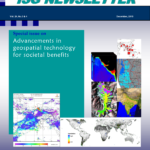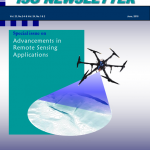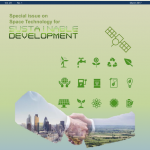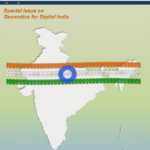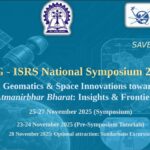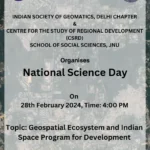
With the advent of computers, the scope of information processing has become unlimited. Computers are now able to process maps – both individually and along with tabular data. This has provided a new dimension to information processing – specifically related to the processing of information of the earth and its natural resources, automated mapping, facilities mapping, marketing and retailing and so on. This has opened new vistas in the domain of Informatics.
New technologies have emerged because of this capability – specifically the Geographical Information System (GIS) which is a tool which allows synergism of map data and tabular data in the most efficient manner. Further, GIS also allows the integration of these data sets for deriving meaningful information and outputting these information derivatives in map format or tabular format. GIS allows the organisation of databases which have both the map – spatial data, and the tabular-non-spatial data, in an integrated manner. The database is best utilized for the planning and decision making at different levels.
Another area of development is database technology that has now encompassed both spatial and non-spatial data. Efficient methods to store and organise data have been the thrust of many research activities. Commercial availability of databases has also provided a new dimension in organisation of information system.
The advent of efficient computing based on the advances in hardware technology – ranging from the PC platforms to the work-stations has provided a boost to the desk-top planning process and has helped in removing the aura of big computers. The developments in graphics hardware have provided unlimited scope for the visualisation and presentation of events, situations and scenarios.
Easy availability of data in the temporal domain, mainly from remote sensing techniques, provides a new dimension and generates a large volume of information – both as data products and as analysed information.
About ISG Indian Society of Geomatics (ISG), established in 1993, is a premier society of professionals and institutions involved in promoting and popularising Geomatics in India. It has about 2000 Life Members, 34 Patron Members, 2 Sustaining Members and 326 Annual & Student members as on March 2017.
Indian Society of Geomatics (ISG) Room No. 4117 Space Applications Centre (ISRO), Ahmedabad-380058, Gujarat.
Phone:+91-79-26914117
Email:secretary@isgindia.org

